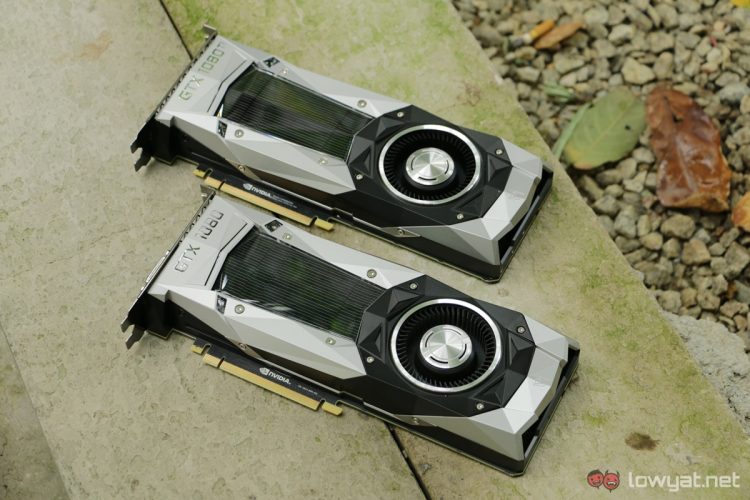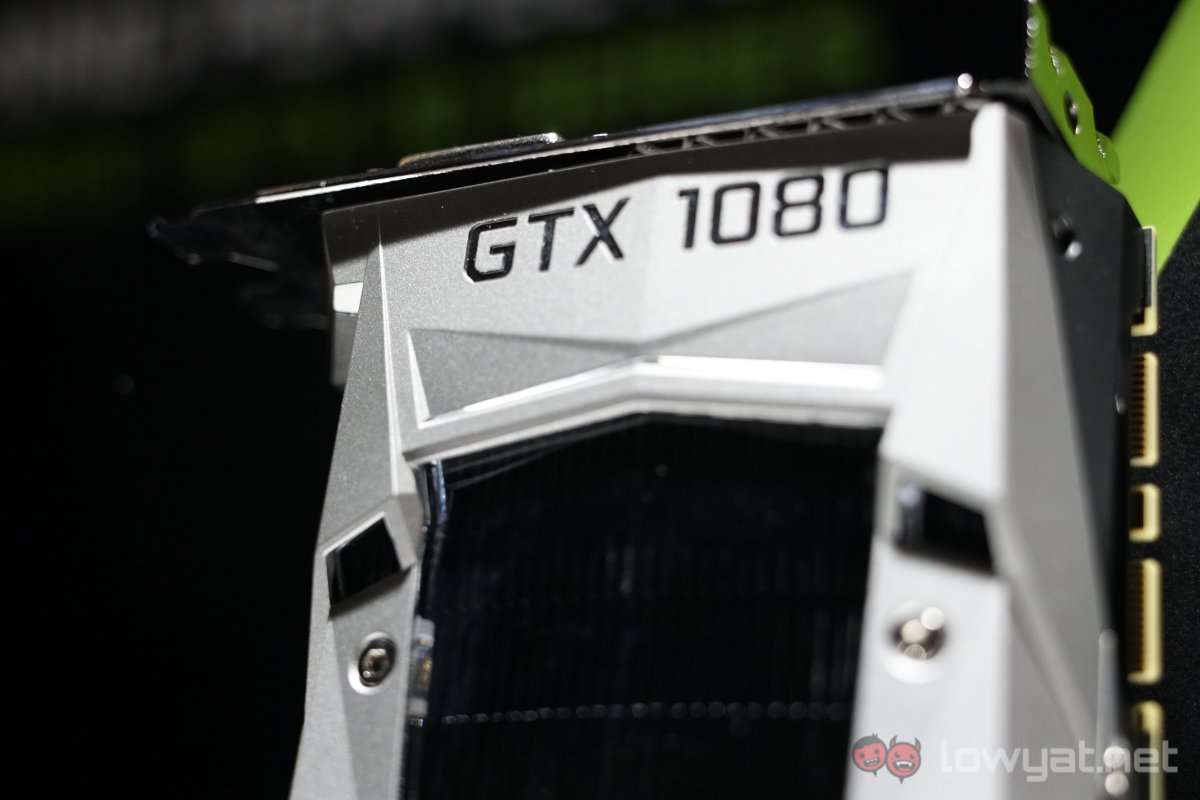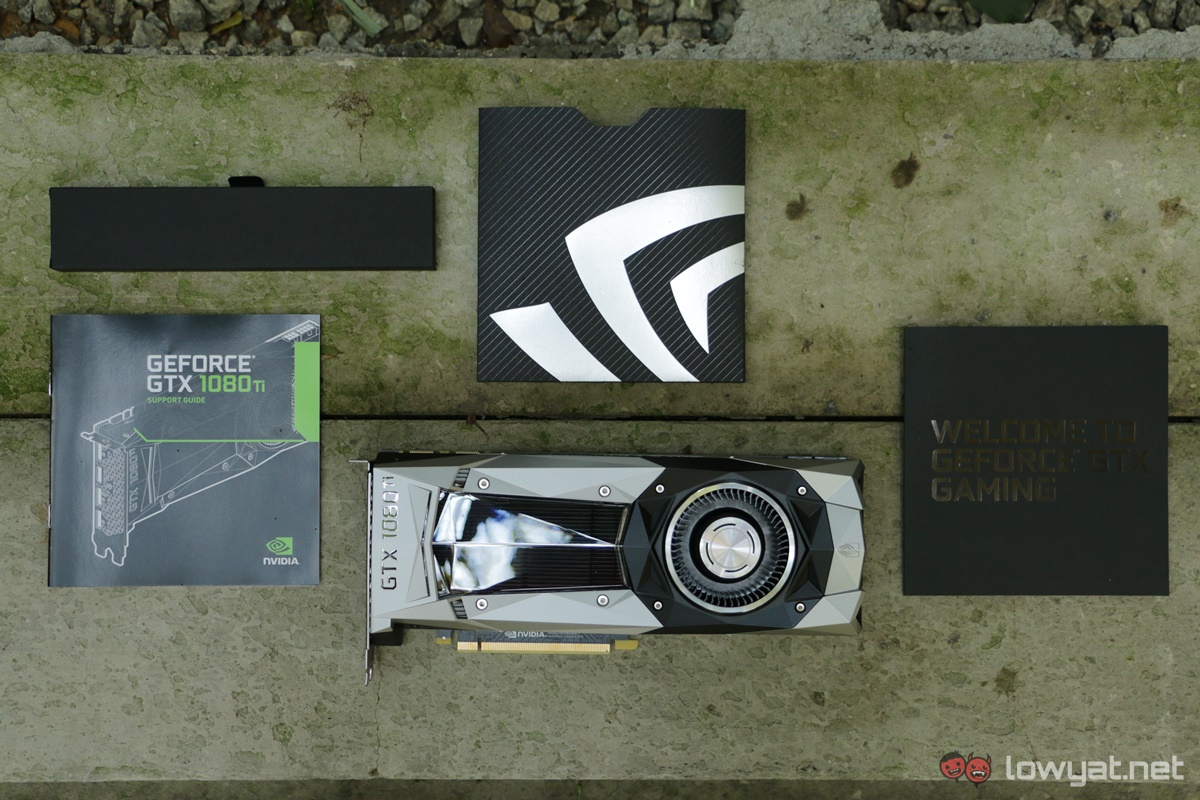NVIDIA is finally and officially ending support for the Maxwell and Pascal GPU generations. Come October 2025, all GPUs within the GTX 9 and 10-Series will receive their final Game Ready driver then, a sign that NVIDIA is ready to move on.
After receiving their final Game Ready Driver, NVIDIA says that card using the Maxwell, Pascal, and Volta architectures will transition to receiving quarterly security updates for the next three years, meaning this will continue until October 2028.
Pascal, in particular, marked the debut of NVIDIA’s GeForce GTX 1080, a card that was both more powerful and power efficient than its predecessor, the GTX 980 Ti. As for Volta, the only consumer-grade graphics card to ever be built with the architecture was the TITAN V, and only a handful of people managed to get their hands on the GPU.
The EOL support for Game Ready Drivers is, once again, both understandable and expected. Both Maxwell and Pascal launched more than a decade ago, and the technology for in-game graphics has come a long way since then. In 2018, NVIDIA launched Turing, the world’s first GPU architecture to launch with ray tracing support, as well as its DLSS upscaling technology. Technologies that neither the older Maxwell nor Pascal supports.
Of course, the use the ray tracing is still largely optional in PC gaming, but titles such as Doom: The Dark Ages and Indiana Jones And The Great Circle are examples of AAA titles that require a ray tracing-capable GPU to play, as the feature is baked into them. That said, it doesn’t mean that cards from those generations will stop running after October 2025: even if the company ceases to optimise them, the cards can still run older games and other titles where the feature is optional, but naturally, don’t be surprised if they’re chugging along at lower double-digit frames, or when stability becomes an issue.
(Source: Tom’s Hardware)




